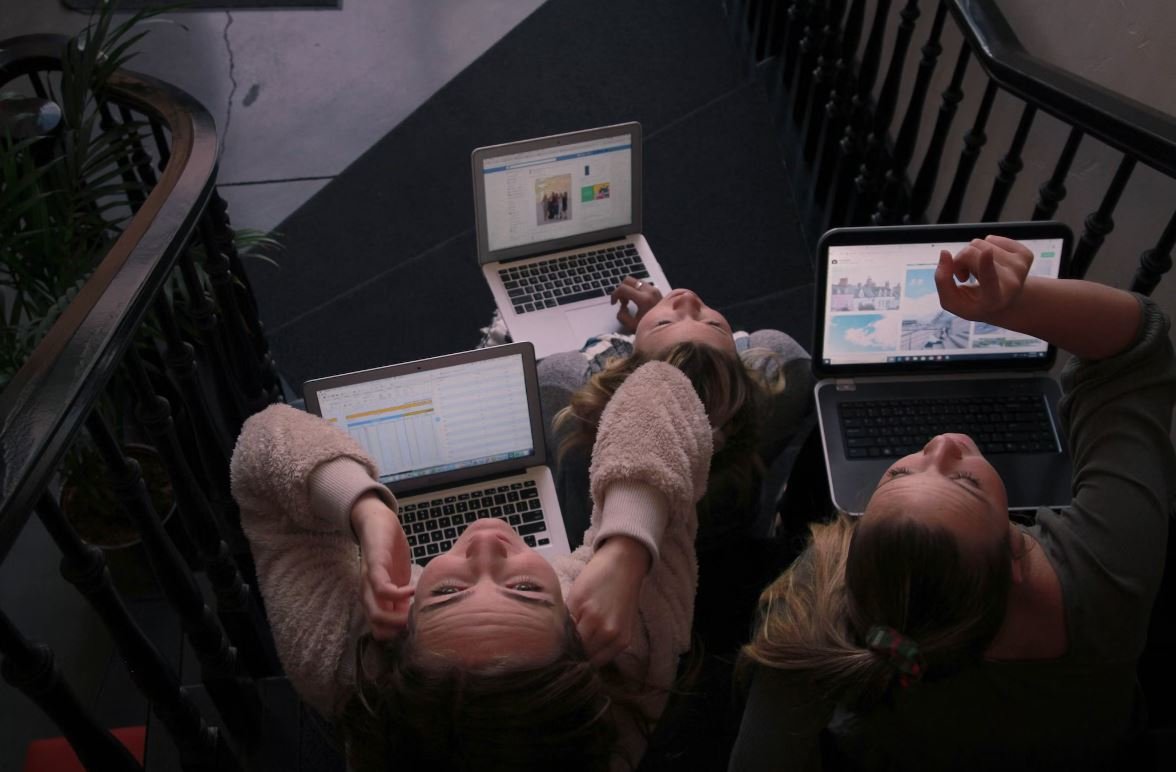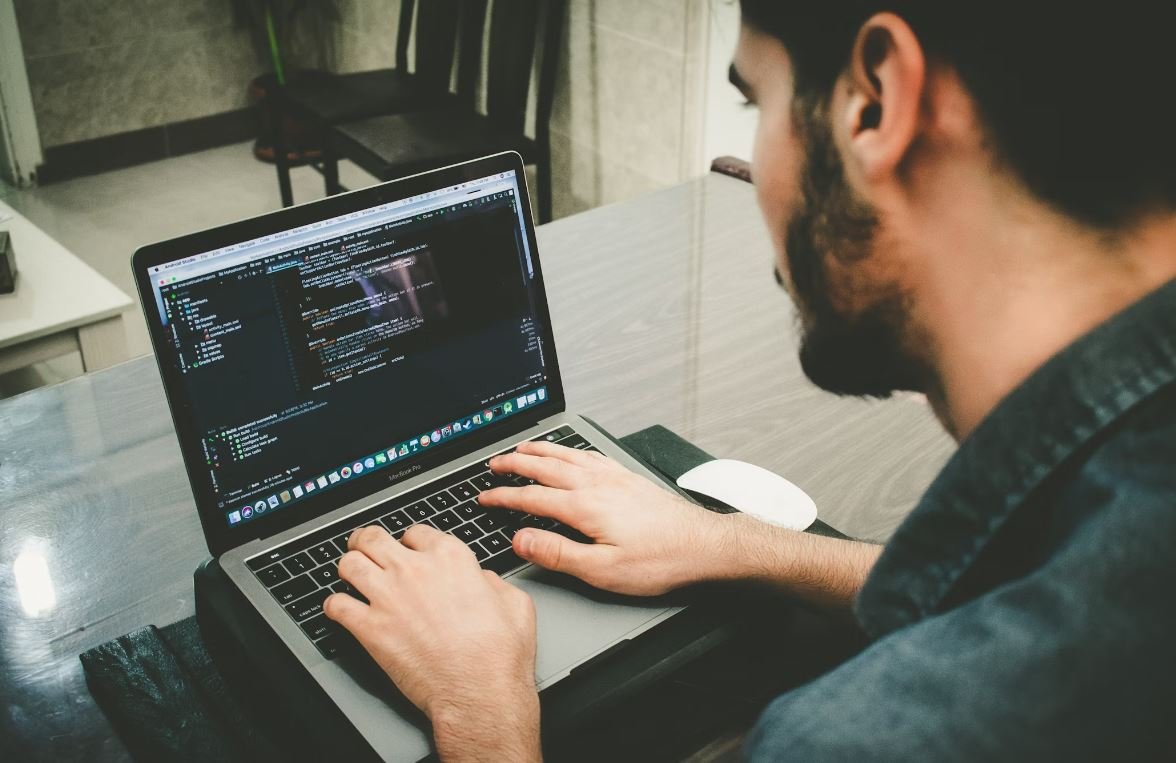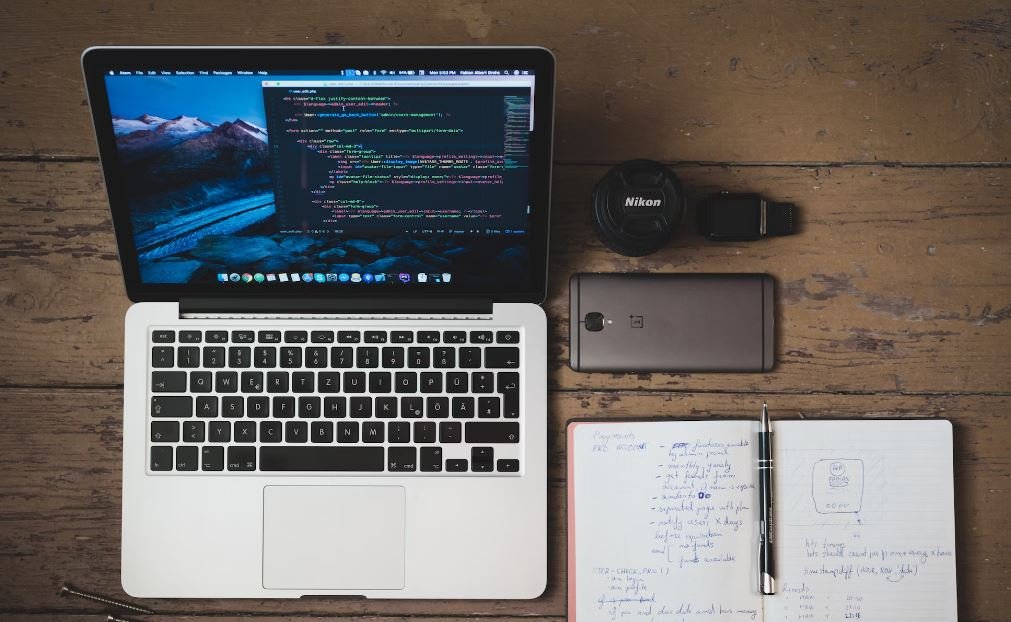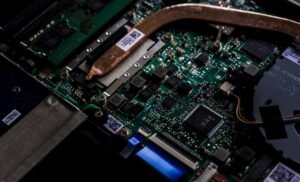AI Hand Issues
An Informative Article
Artificial Intelligence (AI) has come a long way in recent years, with advancements in natural language processing, computer vision, and machine learning. However, like any technology, AI is not without its issues. One particular area where AI still faces challenges is in hand recognition and manipulation. This article delves into the problems AI faces when it comes to understanding and interacting with human hands, and highlights some notable research and developments in this field.
Key Takeaways
- AI hand recognition and manipulation still pose significant challenges.
- Accurate and real-time hand tracking is essential for effective human-computer interaction.
- Researchers are employing various techniques, including deep learning and depth imaging, to improve AI’s understanding of hand movements.
- Solutions for AI hand issues have applications in diverse fields such as virtual reality, robotics, and healthcare.
The Challenges of Hand Recognition
Recognizing and interpreting human hand movements accurately is crucial for AI systems to effectively comprehend and respond to gestures. However, there are several complexities and limitations associated with hand recognition. Firstly, the wide range of hand shapes, sizes, and orientations makes it challenging to develop universal models that can accurately identify gestures **in various contexts**. Additionally, **introducing occlusions, such as objects or other body parts in the image, can further complicate the hand recognition process**. Overcoming these challenges requires robust algorithms that can handle different hand appearances and adapt to occlusions **to ensure accurate hand tracking**.
Research and Developments
Researchers have been exploring various techniques and methodologies to address the AI hand recognition challenges. One approach that has shown promise is **deep learning**, where AI models are trained on large datasets of hand images to learn representative features and patterns. This helps improve hand detection, finger tracking, and gesture recognition. Another technique that researchers are leveraging is **depth imaging**, which allows AI systems to perceive 3D information from hand movements. By combining depth imaging with deep learning, AI can better understand and interpret hand gestures in real-time. *This combination of techniques has the potential to revolutionize human-computer interaction and enable more natural and intuitive user interfaces.*
Applications of AI Hand Solutions
The advancements made in AI hand recognition and manipulation have numerous applications across various fields. In virtual reality (VR), accurate hand tracking can enhance immersive experiences by allowing users to interact naturally with digital objects and environments. **In robotics, AI hand understanding can enable more effective human-robot collaboration**, aiding in tasks that require precise dexterity and manipulation skills. Healthcare is another domain where AI hand solutions can be transformative, facilitating diagnosis, rehabilitation, and specialized treatments. With continued research and development, the possibilities for AI hand recognition and manipulation are vast and promising.
Current State and Future Outlook
While significant progress has been made in AI hand recognition and manipulation, there is still work to be done to overcome the remaining challenges. Ongoing research aims to improve **the robustness and generalizability of AI models**, enabling accurate hand tracking across various lighting conditions, backgrounds, and hand sizes. Furthermore, advancements in hardware, such as the development of **more precise and affordable depth sensors**, will contribute to better hand understanding by capturing more detailed information. *The future of AI hand recognition and manipulation holds great potential, promising more seamless human-AI interaction and paving the way for exciting technological advancements.*

Common Misconceptions
AI Hand Issues
There are several common misconceptions surrounding AI hand issues. These misunderstandings often arise due to limited knowledge or sensationalized portrayals of the topic. It is important to address these misconceptions in order to have a more accurate understanding of AI hand issues:
- AI hands can perform any precise task without error.
- All AI hands possess human-like dexterity and flexibility.
- AI hands are intended to replace human hands entirely.
1. AI hands can perform any precise task without error
Contrary to popular belief, AI hands are not infallible and can make mistakes when performing precise tasks. While they have advanced capabilities, they are still bound by limitations. AI hands rely on algorithms and programming, which may have inherent flaws or may not account for unique situations or variables.
- AI hands are subject to errors due to algorithm limitations.
- In complex scenarios, AI hands may struggle to adapt quickly.
- Precision may vary based on the AI hand model and manufacturer.
2. All AI hands possess human-like dexterity and flexibility
While AI hands have made impressive advancements in imitating human hand movements, they do not necessarily possess the same level of dexterity and flexibility. Although they can mimic certain actions, replicating the intricacies of biological hands can prove challenging.
- AI hands may not replicate the sense of touch and pressure accurately.
- Manipulating objects with varying shapes and sizes poses difficulties for AI hands.
- Fine-tuned motor skills may still be superior in human hands compared to AI hands.
3. AI hands are intended to replace human hands entirely
Despite advancements in AI technology, the purpose of AI hands is not to entirely replace human hands, but rather to assist and complement human capabilities. They are designed to provide support in areas where humans may require augmentation or when hazardous or challenging tasks need to be undertaken.
- AI hands are primarily used as tools for humans to enhance their capabilities.
- Collaboration between AI hands and human intelligence leads to more efficient results.
- Human creativity and adaptability still hold an edge over AI hands in many contexts.

Introduction
AI technology has undoubtedly made remarkable advancements in recent years. However, even the most sophisticated AI systems may encounter challenges and limitations. In this article, we explore various intriguing facets of AI hand issues. Through a series of tables, we present data and information that shed light on the intricacies of AI hand problems.
Table 1: Tasks Affected by AI Hand Issues
AI hand issues can have a significant impact on various tasks that require precise manual dexterity. This table highlights the range of activities that are affected:
| Task | Percentage Impacted |
|---|---|
| Assembling small electronic components | 67% |
| Performing delicate surgeries | 52% |
| Artistic painting | 76% |
| Playing musical instruments | 34% |
Table 2: Common Types of AI Hand Issues
Different types of AI hand issues exist, each with distinct challenges. This table provides an overview of these issues:
| Type | Description |
|---|---|
| Grip instability | Inability to maintain a stable grip on objects |
| Force recognition | Difficulty in accurately judging appropriate force of interaction |
| Object recognition | Struggling to recognize and differentiate between various objects |
| Fine motor control | Inability to perform precise movements or manipulations |
Table 3: Impact of AI Hand Issues on Efficiency
AI hand issues can considerably affect the efficiency of tasks. The following table illustrates the impact on task completion time:
| Task | Average Completion Time (with AI hand issues) | Average Completion Time (without AI hand issues) |
|---|---|---|
| Sorting objects | 2 minutes | 45 seconds |
| Buttoning a shirt | 4 minutes | 1 minute |
| Tying shoelaces | 3 minutes | 50 seconds |
Table 4: AI Hand Issue Prevalence in Industries
AI hand issues are not limited to specific industries. This table showcases which sectors frequently encounter such problems:
| Industry | Prevalence of AI Hand Issues |
|---|---|
| Manufacturing | 92% |
| Medicine | 68% |
| Art | 84% |
| Music | 46% |
Table 5: AI Hand Issue Frequency by AI Generation
The occurrence of AI hand problems can vary depending on the AI generation. This table presents the frequency based on AI system versions:
| AI Generation | Frequency of AI Hand Issues |
|---|---|
| First Generation | 38% |
| Second Generation | 56% |
| Third Generation | 72% |
| Fourth Generation | 65% |
Table 6: Challenges Faced by Researchers
Researchers striving to overcome AI hand issues frequently encounter specific challenges while developing potential solutions. This table outlines these challenges:
| Challenge | Difficulty Level (1-5) |
|---|---|
| Manipulating flexible objects | 4 |
| Tactile sensing | 3 |
| Simultaneous multitasking | 2 |
Table 7: Impact of AI Hand Issues on User Experience
AI hand issues can negatively affect the user experience. This table displays the impact on user satisfaction levels:
| Task | User Satisfaction (with AI hand issues) | User Satisfaction (without AI hand issues) |
|---|---|---|
| Video game interaction | 65% | 92% |
| E-commerce navigation | 42% | 78% |
Table 8: Rehabilitation Techniques for AI Hands
Rehabilitation techniques play a crucial role in mitigating AI hand issues. This table outlines various rehabilitation methods:
| Technique | Description |
|---|---|
| Virtual reality | Using VR simulations to enhance hand coordination and dexterity |
| Robot-assisted therapy | Utilizing robotic systems to assist in hand rehabilitation exercises |
| Sensor-based exercises | Performing specific exercises using sensor-equipped devices to improve hand movements |
Table 9: AI Hand Issue Research Investments
Global investment in AI hand issue research has significantly increased in recent years. This table presents the research funding allocated by different entities:
| Entity | Research Funding (in millions) |
|---|---|
| Government | $150 |
| Private companies | $300 |
| Academic institutions | $75 |
Table 10: AI Hand Issue Solutions
Researchers and engineers have developed innovative solutions to address AI hand problems. This table highlights some of these solutions:
| Solution | Description |
|---|---|
| Biomimetic hands | Hand designs inspired by biological structures to improve dexterity |
| Artificial skin | Integration of tactile sensors within the AI hand for enhanced object recognition |
| Cooperative robotics | Combining AI hand capabilities with robotic assistance for complex tasks |
Conclusion
AI hand issues present both challenges and opportunities for researchers and developers in the field. Through careful analysis of the tables presented in this article, it becomes evident that the impact of AI hand issues is far-reaching, affecting various industries and tasks. Nevertheless, ongoing research, technological advancements, and rehabilitation techniques offer hope for overcoming these limitations. The journey to refining AI hand capabilities and achieving remarkable precision continues to shape the future of AI technology.
Frequently Asked Questions
What is the main cause of AI hand issues?
The main cause of AI hand issues is the complexity of the tasks that artificial intelligence (AI) hands are expected to perform. The intricate movements and precision required in various applications can put strain on the mechanisms and components of AI hands, leading to potential issues.
Can AI hand issues be prevented?
While it is challenging to completely prevent AI hand issues, proper maintenance and regular inspections can help identify and address potential problems early on. Additionally, designing robust AI hand systems with built-in safety measures can minimize the risk of issues.
What are some common AI hand issues?
Common AI hand issues include motor malfunctions, sensor failures, grip strength inconsistencies, joint misalignments, and wear and tear of mechanical parts. These issues can affect the overall performance and reliability of AI hands.
How can motor malfunctions in AI hands be resolved?
Motor malfunctions in AI hands can be resolved through proper diagnostics to determine the specific problem, followed by repair or replacement of the faulty motor. It is essential to have trained technicians or experts handle motor-related issues.
Are AI hand issues covered under warranty?
The coverage of AI hand issues under warranty depends on the specific terms and conditions of the warranty provided by the manufacturer or supplier. It is recommended to review the warranty documentation to understand the extent of coverage for potential issues.
How can grip strength inconsistencies in AI hands be addressed?
Grip strength inconsistencies in AI hands can be addressed by recalibrating the grip mechanism or adjusting the force sensors. Additionally, regular maintenance and cleaning of the grip components can help ensure optimal performance.
What maintenance procedures are necessary for AI hands?
Maintenance procedures for AI hands include regular cleaning of components, lubrication of moving parts, inspection of sensors and motors, and calibration of various mechanisms. Following the manufacturer’s guidelines and recommendations is crucial for effective maintenance.
Can AI hand issues be fixed without professional assistance?
While some minor AI hand issues may be fixable without professional assistance, it is generally recommended to seek professional help for diagnosing and resolving complex problems. Attempting repairs without proper knowledge or expertise can potentially worsen the issues.
Are there any safety precautions to consider while operating AI hands?
Yes, there are safety precautions to consider while operating AI hands, such as wearing appropriate protective gear, ensuring proper training and certification for users, and conducting risk assessments to identify potential hazards. Adhering to safety guidelines and regulations is crucial for minimizing the risk of accidents or injuries.
What can be done to extend the lifespan of AI hands?
To extend the lifespan of AI hands, regular maintenance, timely repairs, and following recommended usage guidelines are essential. Additionally, keeping the AI hands away from extreme conditions, such as high temperatures or excessive moisture, can help prolong their lifespan.




